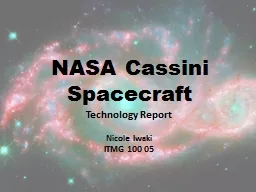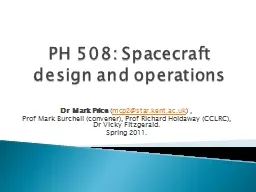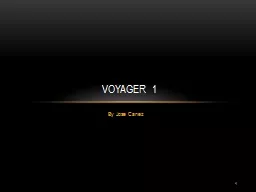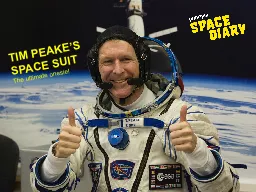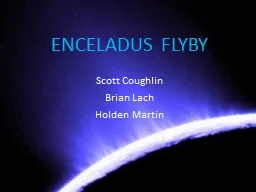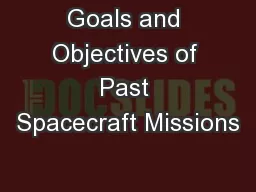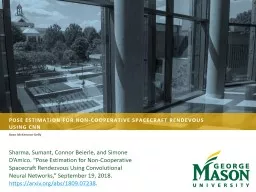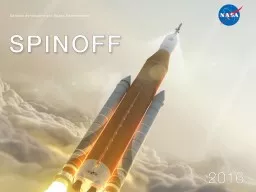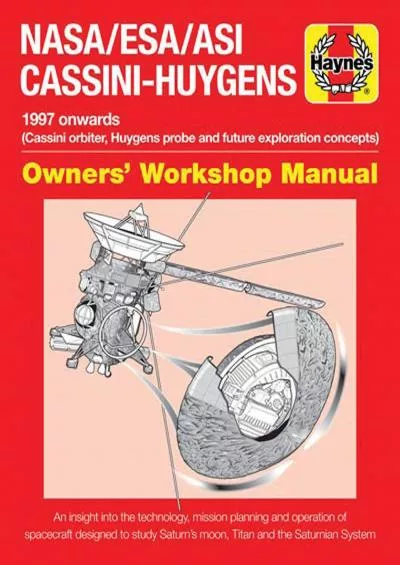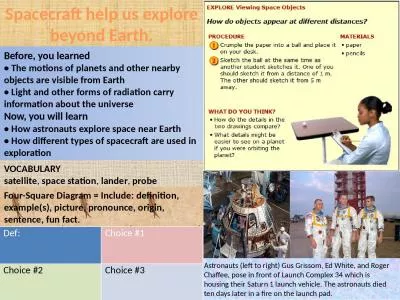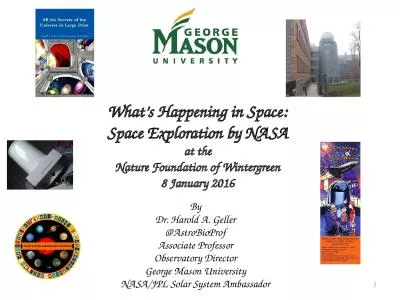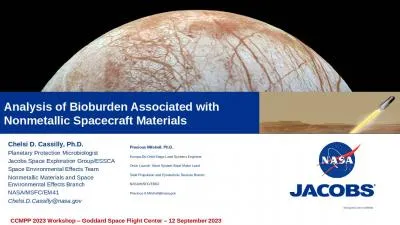PPT-NASA Cassini Spacecraft
Author : phoebe-click | Published Date : 2016-12-23
Technology Report Nicole Iwaki ITMG 100 05 What is the Cassini Spacecraft O ngoing project by the National Aeronautics and Space Administration Launch date on October
Presentation Embed Code
Download Presentation
Download Presentation The PPT/PDF document "NASA Cassini Spacecraft" is the property of its rightful owner. Permission is granted to download and print the materials on this website for personal, non-commercial use only, and to display it on your personal computer provided you do not modify the materials and that you retain all copyright notices contained in the materials. By downloading content from our website, you accept the terms of this agreement.
NASA Cassini Spacecraft: Transcript
Download Rules Of Document
"NASA Cassini Spacecraft"The content belongs to its owner. You may download and print it for personal use, without modification, and keep all copyright notices. By downloading, you agree to these terms.
Related Documents

